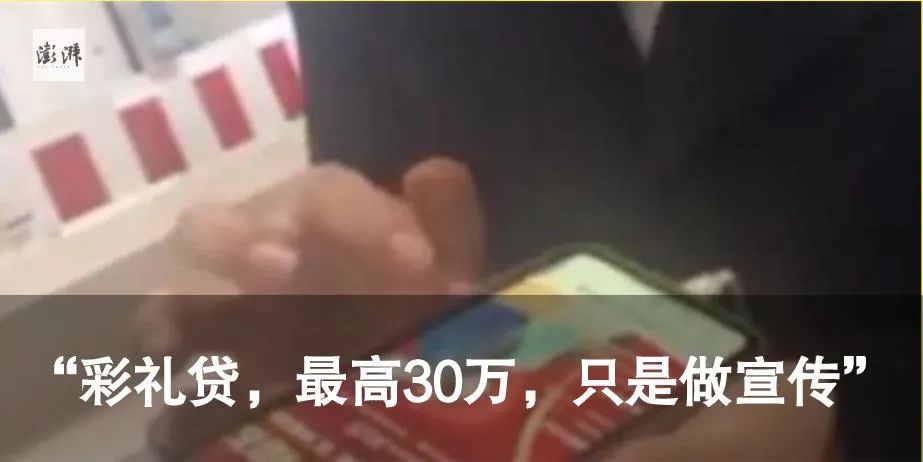Pengpai News Reporter: Deng Lingwei
A 3D printed library has been completed in Shanghai.
On March 19, Pengpai News reporters visited the first concrete 3D printed library in the country, located at No. 6 Wenchuan Road, Baoshan District, in the Smart Bay Science and Technology Innovation Park.
The first 3D printed book house in Shanghai has been completed, and reporters went to explore. The video and images in this article were all taken by Pengpai reporter Deng Lingwei.
Passing through the container buildings in the industrial park, the completed 3D printed library comes into view. The exterior of the book house has a textured appearance, resembling a “fortress” in brown concrete. Surrounding the book house, 3D printed tiles have been laid.
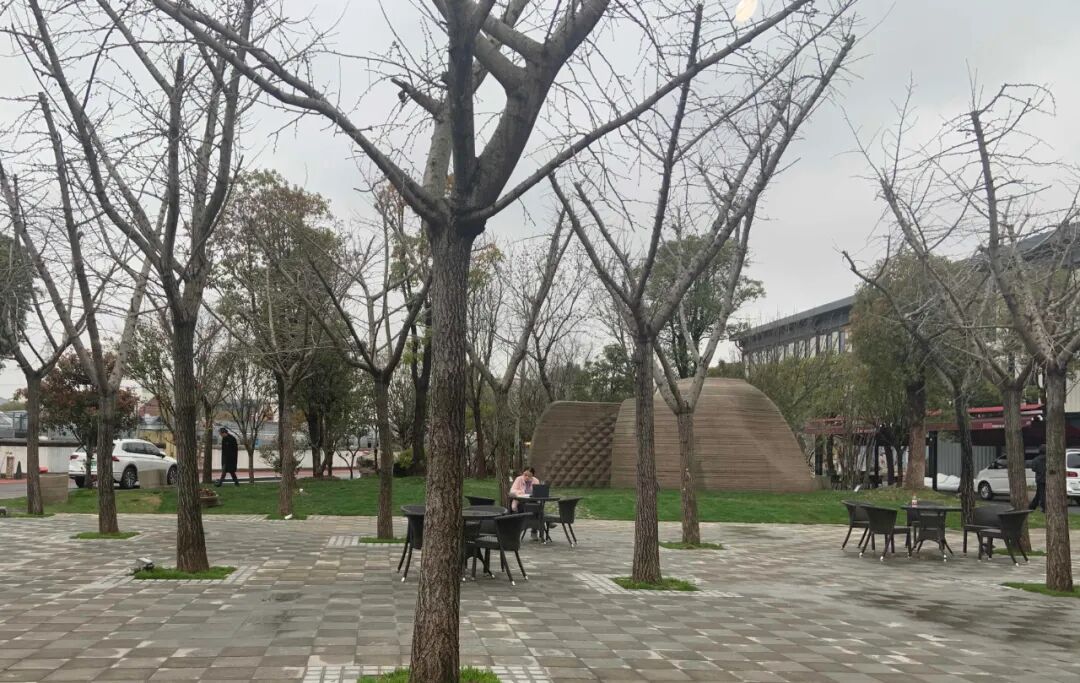
The book house is nestled in a small grove.
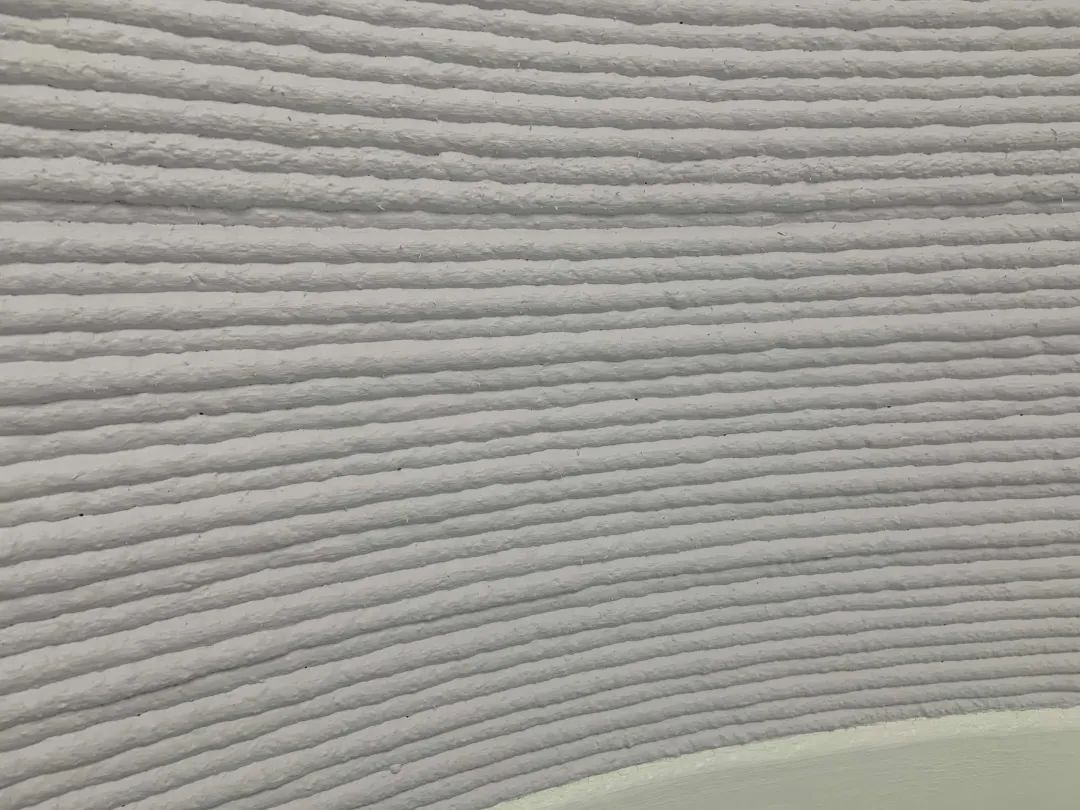
The interior walls are painted white.
Upon opening the door to the book house, visitors find a circular space with white walls and a domed ceiling. Pressing the switch at the entrance allows the circular skylight above to open naturally for ventilation. Through the circular top of the book house, one can see the outdoors, with visitor Mr. Xu commenting, “It feels a bit like being in the Arctic.”
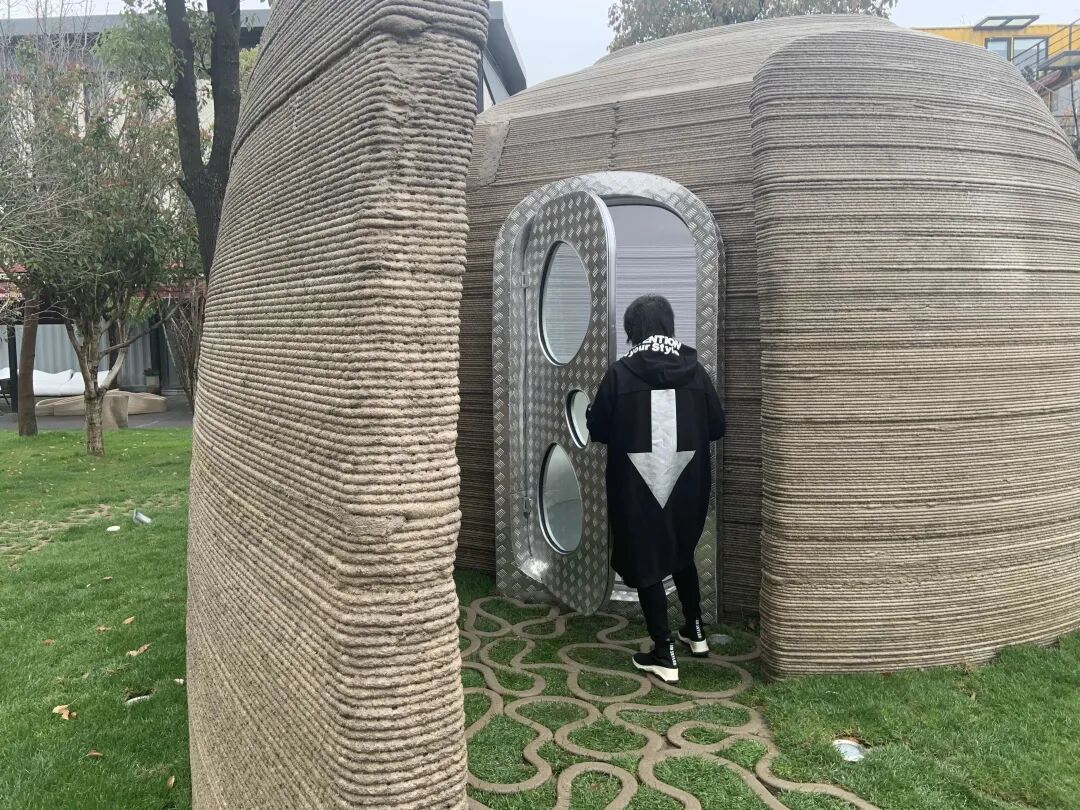
Entrance.
The interior of the book house is approximately 30 square meters, accommodating up to 15 people. Additionally, the interior features underfloor heating. Some visitors took off their high heels to test the floor temperature and found it warm. Others were pleasantly surprised to discover that when speaking inside with the door closed, the sound insulation was excellent, stating, “We could hold a small concert in here.”
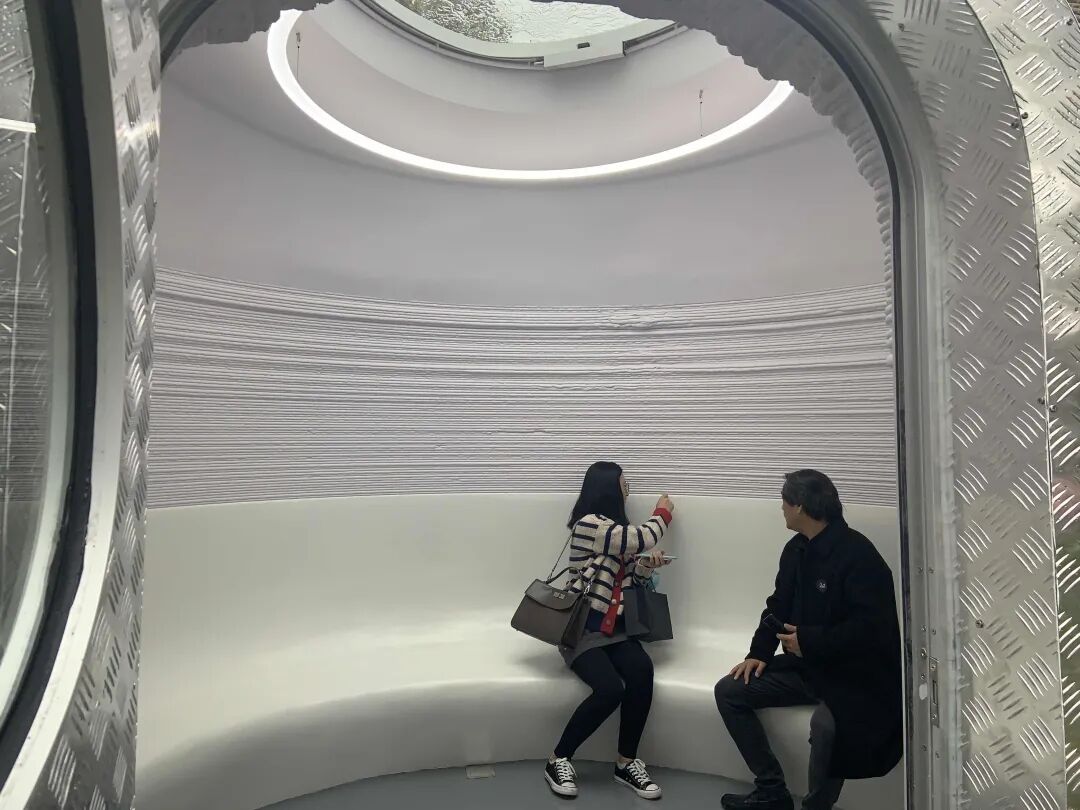
Interior of the book house.
The designer of the 3D printed book house, Professor Xu Weiguo from Tsinghua University’s School of Architecture and co-founder of DADA, stated that the book house has been designed in a comma shape to emphasize the importance of reading. A desk will be placed in the center of the book house, and its functions will evolve from book exhibitions to reading clubs and meditation sessions.
How was this book house printed?
According to previous reports from Pengpai News, the printing machine mainly consists of a robotic arm and a printing nozzle at the front. An integrated machine nearby is used for mixing and pumping concrete.
Before printing, the Digital Architecture Center at Tsinghua University completed the design and created a model of the book house. Members stationed at the construction site converted the model information into printing path data, which was then transformed into code that the robotic arm could recognize. Once the code was imported into the robotic arm, it could print the book house according to the pre-set program.
The robotic arm consists of six axes, allowing it to move like a human hand, providing degrees of freedom and flexibility. “The printing nozzle at the front of the robotic arm extrudes concrete material, layer by layer,” Xu Weiguo explained. The concrete used for the book house does not contain rebar but includes fibers as tensile materials, with performance comparable to or even better than ordinary concrete.
The “shell” of the book house features two different textures. One is the normal printed texture, forming layered patterns; the other is a textured design at the entrance that reflects concave and convex variations, meticulously crafted by the design team. “All these shapes were designed on the computer and converted into code for the robotic arm to print out.”
Xu Weiguo told Pengpai News that, so far, there are three main construction systems: brick and stone, reinforced concrete, and steel structure with glass and wooden walls, or a mix of these systems into other variant systems. 3D printing could potentially be the fourth construction system. “Our dream is to build houses using 3D methods, but this technology still has a long way to go in terms of industrialization in construction.”
The advantage of the 3D printed book house is that robots replace human labor. Xu Weiguo explained that during the printing process of the book house, only two people were needed: one to control the robotic arm and another to supply the printing materials. Furthermore, the book house can be printed both day and night, making it highly efficient.
After the book house was completed, the design team was very excited, believing they had achieved a breakthrough in construction through 3D printing, creating a usable building. Xu Weiguo told reporters that the printed book house represents a breakthrough in architecture, paving the way for exploring printed residential buildings further.
| Recommended Products
Essence of Sophora flavescens, a refreshing shower gel, specifically targets impurities hidden in the skin.
Combined with six plant essences: menthol, mugwort, tea tree oil, lavender oil, centella asiatica, and aloe vera. Using this blend of natural herbs for bathing feels like being enveloped in nature’s fragrance.

Click the image above, original price 59 yuan, limited-time offer 29 yuan.
 Editor for this issue: Xing TanRecommended Reading
Editor for this issue: Xing TanRecommended Reading